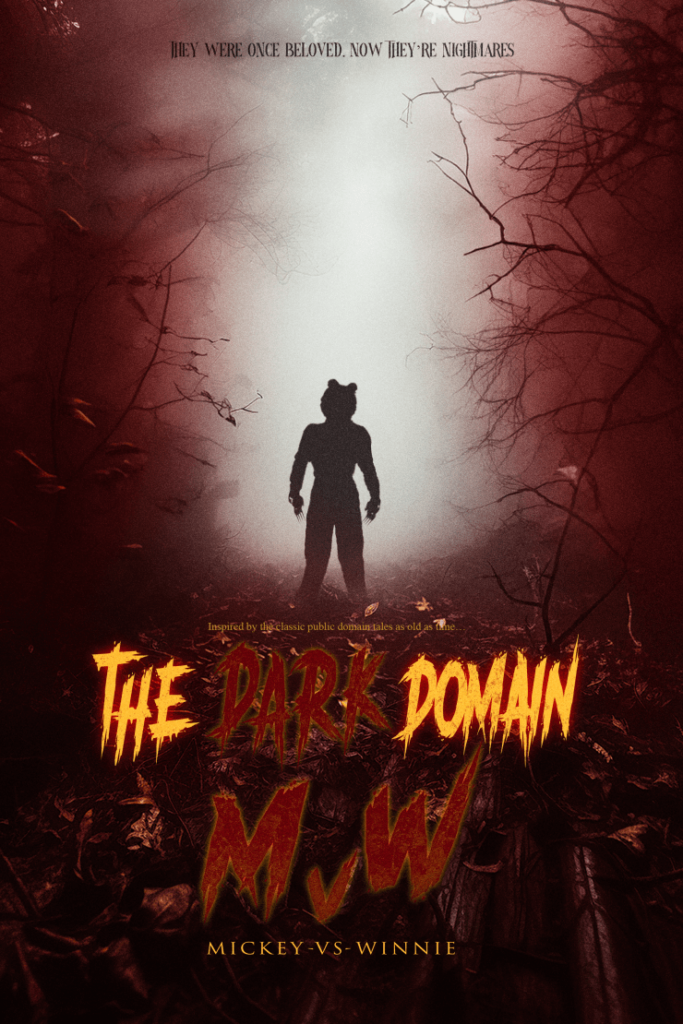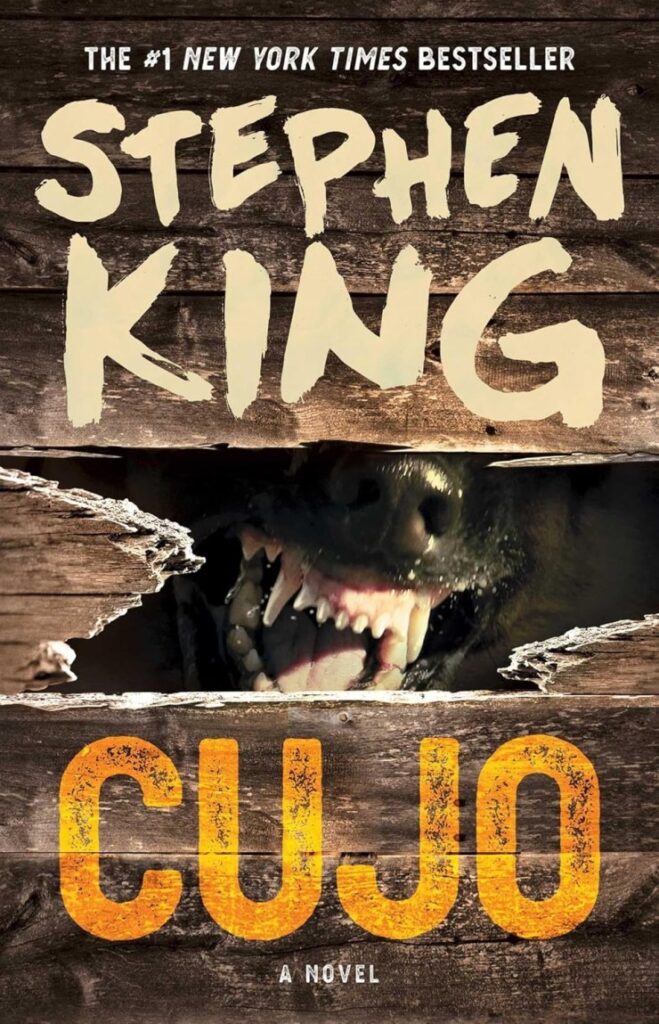In the 1930s and 40s, Warner Bros. made films across many genres, but their bread and butter was crime thrillers and gangster pictures. The studio’s 1936 film The Walking Dead plays to this strength and infuses the story with a Frankensteinian horror twist. Helmed by Michael Curtiz, sometimes called “the greatest director you’ve never heard of,” and starring the biggest horror star of the era Boris Karloff, the film is one of the most unique horror offerings of the 1930s. It is also among the most overlooked, overshadowed by its far more famous contemporaries from Universal. This is unfortunate because The Walking Dead is a hardboiled gangster picture, a Frankenstein-adjacent thriller, an indictment of the death penalty, an examination of corruption in the justice system, a meditation on the nature of the soul, and a pondering of the metaphysics of death all in one. And it does it all in a mere 66 minutes.
There was a time, though it may be hard to believe these days, when Warner Bros. was the most daring studio in Hollywood. Most studios were content to produce mostly escapist entertainments, movies that would allow audiences to remove themselves from the struggles of the Great Depression in the 30s and the horrors of the War in the 40s for a couple hours at a time with any social or political convictions buried in the subtext if they were present at all. Warners on the other hand tackled hot button issues head-on in edgy, openly political films that took on prohibition, organized crime, poverty, prison reform, and more. Their most prolific and reliable director from the early 30s to the mid-50s was one of the few true artists to thrive in the studio system, Michael Curtiz.
Curtiz began making films in his native Hungary at the birth of cinema in that nation. One of his early silents even featured an upcoming actor who would soon become known to the world as Bela Lugosi. Upon arriving in Hollywood, he quickly became connected with Warner Bros. and began making a name for himself, at least among the studio brass if not the general public, as a reliable and versatile director. In his career, he made films in practically every genre and did so with a deftness and understanding of the visual language required for each. He was just as comfortable making adventure films on the high seas like Captain Blood (1935) as he was making gangster pictures like Angels with Dirty Faces (1938). Some of his most iconic features include the period war film The Charge of the Light Brigade (1936), The Adventures of Robin Hood (1938), the musicals Yankee Doodle Dandy (1942) and White Christmas (1954), the noir Mildred Pierce (1945) and of course, perhaps his greatest masterpiece and one of the Hollywood studio system’s greatest triumphs, Casablanca (1942). Early in his Hollywood career he also made three outstanding horror films: Doctor X (1932), The Mystery of the Wax Museum (1933), and The Walking Dead (1936).
The Walking Dead is something of a transitional film for Curtiz as it contains elements of the larger, “prestige” pictures he would soon begin making, while also being an intimate character film with the “B-picture” qualities of his earlier films. The term did not exist at the time, but in many ways, The Walking Dead is an exploitation picture, using horror to get people into the seats while sneaking in important social and political messages while they are there. The film is about a group of racketeers in an unnamed city seeking revenge against the honest Judge Shaw (Joe King) who they are unable to buy off for their purposes. They devise a plan to kill the judge and pin it on John Ellman (Karloff), a man just out of prison that Shaw had sent up for ten years for 2nd Degree Murder for killing a man who was, it is implied, sleeping with Ellman’s wife. The gangsters kill the judge and stash him in the back of Ellman’s car and naturally, Ellman is arrested and charged for the murder with revenge being the assumed motive.
Two young medical assistants, Jimmy (Warren Hull) and Nancy (Marguerite Churchill) witness the gangsters planting the body but are afraid to come forward for fear of being killed themselves. Eventually, they do come forward but by then it is too late as Ellman has been sent to the electric chair and executed just before the call from the governor comes in. Jimmy and Nancy’s boss, Dr. Beaumont (Edmund Gwenn), then revives Ellman through a series of medical procedures but he returns from death…changed. Ellman then goes about confronting each of the racketeers whose actions sent him to the Chair.
The film includes several Curtiz trademarks both in its filmmaking style and its thematic content. Like many of his films it contains a comparatively large cast of characters, some that are integral to the plot and others that are present to add color, that Curtiz manages to juggle in a way that never loses or confuses the audience. The story is also told at a breakneck pace without an ounce of fat on the bone. But despite its pacing and condensed length, there is plenty of room for visual storytelling and mood. Perhaps the best example of this is the sequence in the prison. Here Curtiz’s expressionistic use of light and shadow is on full display with the powerful use of the shadows of prison bars throughout. He also incorporates unusual angles, a ceiling fan spinning at just the right tempo, and a lone cellist playing Ellman off toward his destiny at the electric chair. The Walking Dead also exemplifies Curtiz’s penchant for tackling fiercely political themes in an accessible way as he would in many of his films including the deeply anti-fascist Casablanca and, in a repetition of the anti-capital punishment themes seen here, Angels with Dirty Faces.
Boris Karloff delivers a soulful and melancholic performance as John Ellman, the down-on-his-luck musician and ex-con who is framed and put to death for the murder of Judge Shaw. There are shades of his previous performance as Frankenstein’s Creature here, but there is ample reason for that. He is after all playing a reanimated corpse for much of the picture. Thematically, there are links to the earlier film as well, specifically James Whale’s fascination with class divisions exemplified by the poverty of the Creature juxtaposed against the wealth and station of his creator. There is also Beaumont’s obsession with the nature of the soul and what Ellman experienced during death—whether the essence of a human is metaphysical or merely biological.

Unlike the Creature, Ellman does not have elaborate makeup while still making a striking visual impression with just a small shock of white hair on one side, one drooping eyelid, and Karloff’s repetition of his Frankenstein trick of removing the bridgework on the right side of his mouth and sucking in his cheek. When standing, he has a pronounced limp that creates an iconic silhouette. The result is the look of someone who has suffered a stroke but the melancholic state of a man beginning to feel the effects of memory loss, even Alzheimer’s disease. Like patients afflicted by that condition, music connects him to lost memories and his abilities as a pianist awaken the humanity that he lost during death. Though Alzheimer’s was unnamed in the 30s, this is a phenomenon common in patients of the condition. Several years ago, I volunteered to play hymns for a small chapel service once a month at an Alzheimer’s care facility. Something about the music of their childhood tapped into long-lost memories. Their eyes would light up and their voices would strengthen. They would sing with an exuberance that many of us lose as we get older. The documentary film Alive Inside (2014) explores this phenomenon as well in a powerful and moving way.
Karloff’s performance is also unique in that he remains sympathetic throughout the entire run of the film as he never actually kills anyone. He confronts each of the racketeers asking “why did you have me killed?” but each of them becomes the victim of their own guilty conscience, goaded by Ellman’s watery-eyed stare, and dies in a freak accident. In this sense, The Walking Dead is the far-removed ancestor of something like the Final Destination series in which the characters die in bizarre accidents when confronted with death. Here, death is personified rather than being an unseen force.
Ellman finally seeks his own peace by returning to the cemetery because “it’s quiet, I belong here.” The contemplation of life after death becomes the obsession of Dr. Beaumont who is determined to discover a scientific proof of an afterlife from Ellman. Ultimately this remains a mystery as Ellman is unable to put his experiences into words beyond a sense of peace before he succumbs to death a second time and it is concluded that the mysteries of the hereafter, or lack thereof, must remain just that—mysteries.
The Walking Dead is a singular film that would have been largely forgotten without the efforts of Warner Bros. home video, specifically Warner Archive, who recently released a beautifully restored transfer of the film on Blu-ray. It makes an excellent companion to the equally beautiful restorations of the two-strip Technicolor releases of Doctor X and Mystery of the Wax Museum from a few years ago. As recent scholarship and appreciation of Michael Curtiz has brought him out of the shadows and into the spotlight along with his more familiar contemporaries, it is gratifying to know that his three forays into the horror genre have been so lovingly preserved alongside his better-known works. These gems are key pieces to the puzzle of 1930s horror cinema that deserve to be rediscovered and cherished for generations to come.

In Bride of Frankenstein, Dr. Pretorius, played by the inimitable Ernest Thesiger, raises his glass and proposes a toast to Colin Clive’s Henry Frankenstein—“to a new world of Gods and Monsters.” I invite you to join me in exploring this world, focusing on horror films from the dawn of the Universal Monster movies in 1931 to the collapse of the studio system and the rise of the new Hollywood rebels in the late 1960’s. With this period as our focus, and occasional ventures beyond, we will explore this magnificent world of classic horror. So, I raise my glass to you and invite you to join me in the toast.
The post Recovered Memories: Karloff Film ‘The Walking Dead’ Is an Overlooked 1930s Horror Offering appeared first on Bloody Disgusting!.


